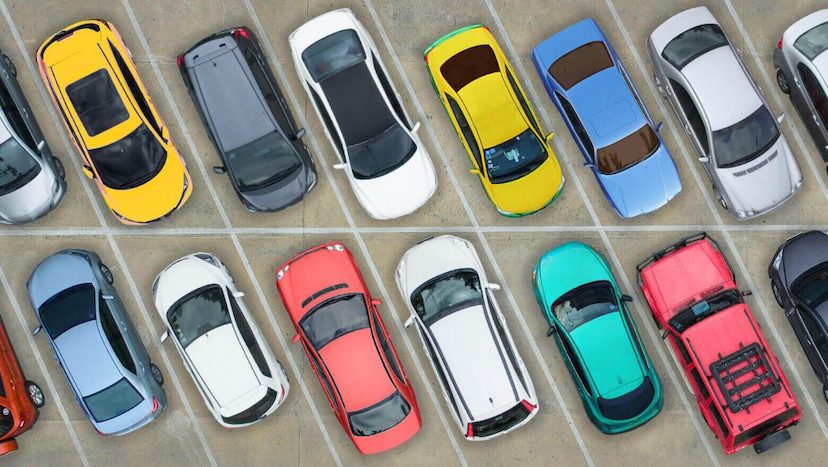The History of Buying a Car in the US and How it Could Get a Makeover

Branded Stores
Shopping for certain products in the US is fairly straightforward. If you want a refrigerator or washing machine you visit an appliance store. When it’s time to update your wardrobe, a trip to a clothing store like Nordstrom (JWN) or Gap (GPS) is in order. The same retail company both owns and operates the store. Buying an automobile is an entirely different operation.
For one thing, dealerships sell individual brands, as opposed to the way Walmart (WMT) for example sells a multitude of products from different companies. What’s potentially even more bizarre, a Ford (F) dealership is often not owned by the parent company, much in the same way Toyota (TM) dealerships are rarely owned by the carmaker. Many times, separate companies of varying sizes own the dealerships, despite the logo on the sign and the cars in the lot.
Early Autos
In an overly-simplified way, buying a car is much more complicated and involved than buying a new shirt or microwave. That can help to partially explain why shopping for automobiles is different from other products, but a deep dive into history is also in order.
Just over 100 years ago, cars like the early Benz Patent Motorwagen and Sears Motor Buggy sold through word of mouth and by mail-order catalog. Car companies began popping up and many went out of business, but a titan emerged in Ford (F) Motor Company, and it flexed its power with dealers forcing exclusivity agreements and high commissions. In response, dealers lobbied for protection laws, and it’s now virtually illegal everywhere in the US for car companies to open their own dealerships and sell directly to consumers.
New-Age Model
In the age of ecommerce, some car companies are attempting to change the way things are done. Tesla (TSLA), Rivian (RIVN), and Lucid (LCID) are using things like virtual-reality goggles and showrooms in shopping malls to reach customers, with sales completed online, sometimes directly to consumers.
That trend has made its way to more traditional car companies as well, spurring the creation of online ordering systems. In that case, delivery is done through existing auto dealerships. Some industry observers believe startups and larger automakers may eventually work together to develop a more flexible system and framework for buying cars online — something consumers may consider an improvement over hours spent at various dealerships.
Things are changing daily within the financial world. Sign up for the SoFi Daily Newsletter to get the latest news updates in your inbox every weekday.
Sign up
Please understand that this information provided is general in nature and shouldn’t be construed as a recommendation or solicitation of any products offered by SoFi’s affiliates and subsidiaries. In addition, this information is by no means meant to provide investment or financial advice, nor is it intended to serve as the basis for any investment decision or recommendation to buy or sell any asset. Keep in mind that investing involves risk, and past performance of an asset never guarantees future results or returns. It’s important for investors to consider their specific financial needs, goals, and risk profile before making an investment decision.
The information and analysis provided through hyperlinks to third party websites, while believed to be accurate, cannot be guaranteed by SoFi. These links are provided for informational purposes and should not be viewed as an endorsement. No brands or products mentioned are affiliated with SoFi, nor do they endorse or sponsor this content.
Communication of SoFi Wealth LLC an SEC Registered Investment Adviser
SoFi isn’t recommending and is not affiliated with the brands or companies displayed. Brands displayed neither endorse or sponsor this article. Third party trademarks and service marks referenced are property of their respective owners.
SOSS22050903
Comments are closed.